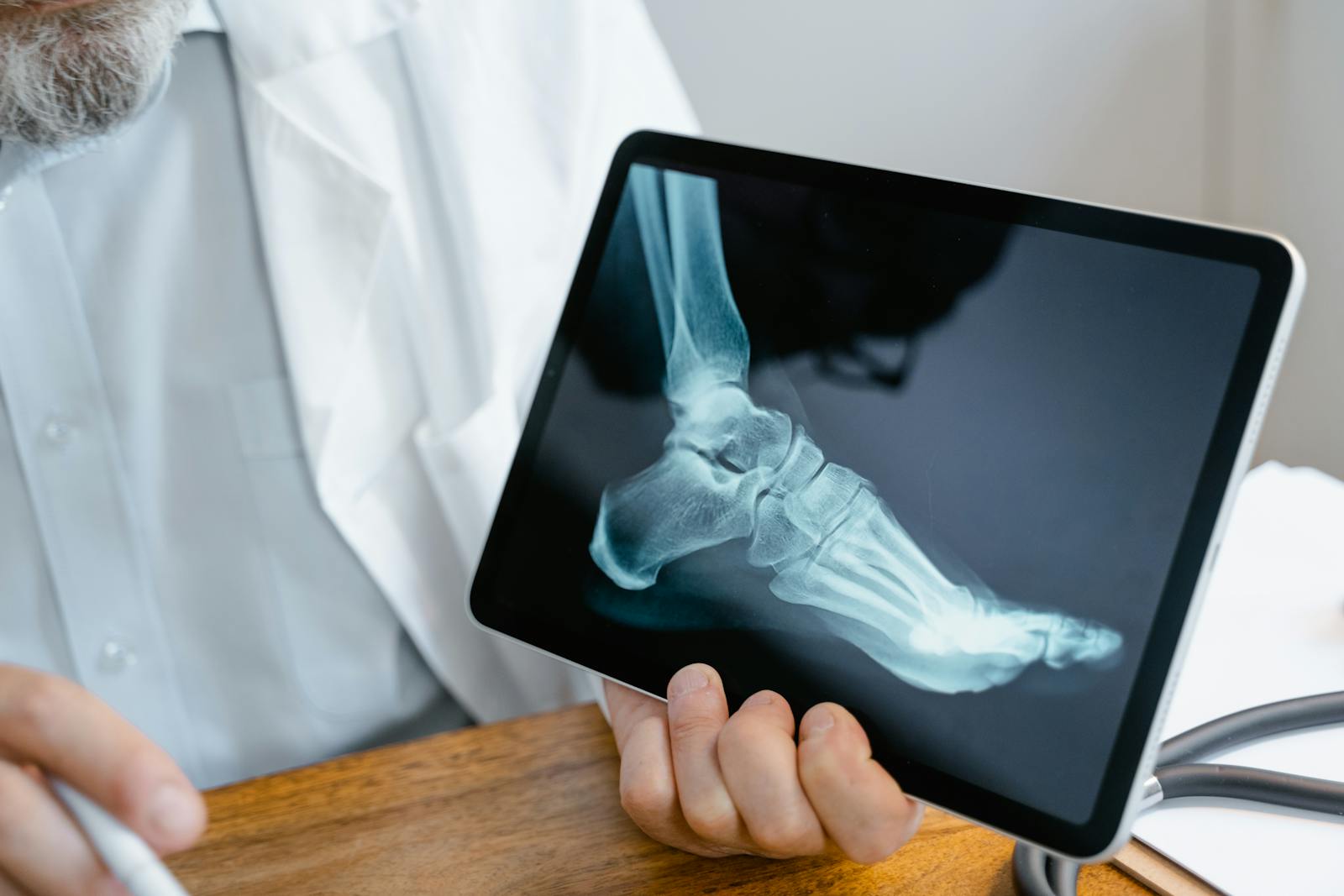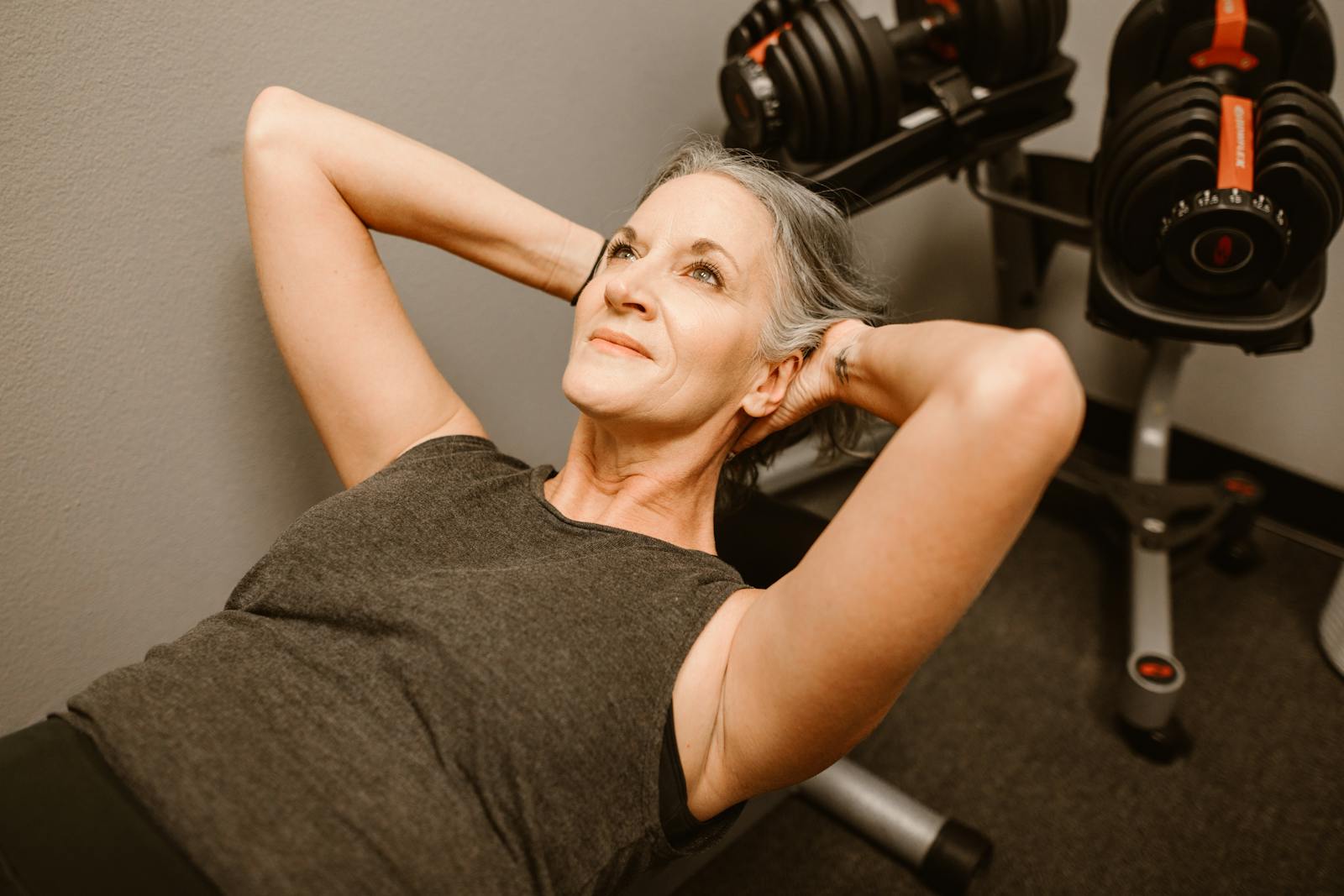The Overlooked Killer
The likelihood of a woman dying after a hip fracture—osteoporosis’ most common outcome—is higher than dying from breast cancer. Yet, if asked which disease they’d rather face, many women would name osteoporosis, assuming it’s less lethal. The truth is more brutal: most fatalities occur within six months of the fracture, often from complications such as thrombosis, pulmonary embolism, pneumonia, or urinary infections.
Not Just a Disease of Old Age
Osteoporosis isn’t an inevitable curse of the elderly; it’s a condition whose seeds are sown much earlier. According to the World Health Organization, one in four women after menopause develops osteoporosis. Men are not immune, but their risk is lower—about one in eight past the age of 50.
The reason lies in biology. Men begin losing bone mass slowly around age 40. Women, in contrast, reach their peak bone mass at around 16, maintain stability until roughly 30, and then—if predisposed—may lose about 1% of mass annually until menopause. At that point, the decline accelerates dramatically, with losses of 5–6% per year. Once a woman loses 25% of her total bone density, fractures become likely. By then, it’s too late to undo the damage.
Genetics, Habits, and Lifestyle
Family history heavily influences bone health, but personal choices can tip the scales. Nutrition and lifestyle are decisive factors in preventing future fragility.
- Calcium matters, but balance is key: Flooding the body with milk or supplements is useless if salt intake is high. Exceeding two grams of salt per day (less than half a teaspoon) causes calcium loss through urine.
- Watch the coffee: Studies show that drinking more than four cups a day increases fragility. Caffeine accelerates bone breakdown.
- Quit smoking: Cigarettes compromise circulation and destroy spinal discs, compounding bone weakness.
- Exercise smartly: Weight-bearing and strength training, along with aerobic activity, help maintain density.
- Get the right sunlight: A daily 30-minute exposure before 10 a.m. or after 4 p.m. enables the body to produce vitamin D, essential for calcium absorption.
Screening and Prevention
Bone health surveillance should start well before the first fracture. Annual bone density scans are recommended after age 40. Identifying risk factors early makes prevention and treatment significantly more effective.
Osteoporosis may be invisible until it’s too late, but it doesn’t have to be inevitable. The condition is shaped by genetics, yes—but also by everyday decisions: what you eat, how much you move, whether you smoke, and even how much salt you sprinkle on your meals. Thinking of it as an “old person’s disease” is a dangerous myth. Prevention begins in childhood and remains a lifelong project.




